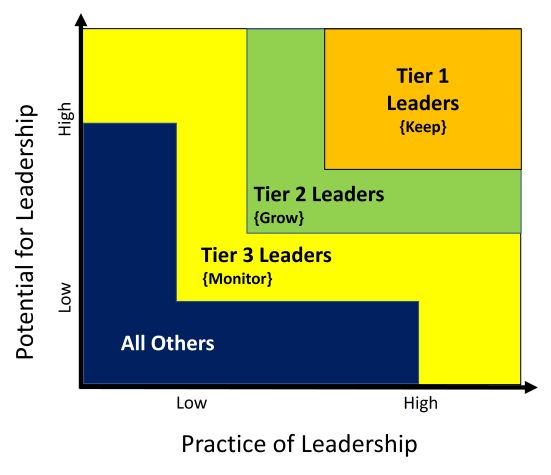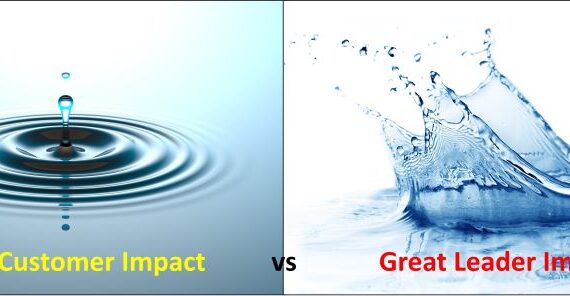The 3 Reasons You Need a Leadership Resources Management Solution Right Now!
Category : Research
If your organization has not already implemented a leadership resources management solution (LRMS), here are 3 reasons why you shouldn’t wait another day.
An LRMS is a data-driven approach to managing an organization’s leadership resources. It enables more informed decisions in promotions, assignments, retention and hiring and is supported by an assessment tool that produces quantifiable, repeatable and unbiased results. It replaces subjective interviews, relationship-based promotions and selections and can be the difference between keeping and losing your best leaders, the difference between identifying and missing high potential hires, and the difference between promoting people based on leadership potential or on prior functional success.
Its goals are to:
- Identify an organization’s best leaders and create accompanying strategies for better retention.
- Improve team and organization leadership interactions.
- Remove and/or minimize bias in the leadership selection, promotion and hiring processes.
- Improve diversity, equity and inclusion initiatives success.
- Better manage the human resource pipeline of established and prospective leaders.
- Although there are several reasons an organization should implement an LRMS, there are 3 that standout.
- Mitigating the impact of the ‘Great Resignation.’ We could stop here, but there’s more to be considered. Most organizations will probably lose some people during these challenging times. The impact of losing your best leaders could be devastating. For years organizations have focused on managing and keeping their best customers, without applying the same attention to their best leaders. After all, a great customer has a ripple impact on an organization while a great leader’s impact is a splash. An LRMS helps an organization know who their best leaders are as well as assesses the strength of talent on the leadership bench. Armed with this knowledge, an organization can implement strategies to improve the retention of their most valuable leaders.
- Supporting diversity, equity and inclusion initiatives. In the last few years, many organizations have implemented DEI initiatives. The challenge is that most are still relying on interviews, observation and/or relationships to make it work. Using a data-driven approach would have far greater impact and provide a more justifiable support for promotions, assignments and hiring choices.
- Weeding out toxic leaders. Working for a toxic or bad leader not only takes a toll on their direct reports, but their toxic attitude can infect the attitudes of others in the organization. Too many times, these non-leaders are purposely left to their own devices or go undetected. An LRMS team analysis quickly and anonymously identifies gaps in the perception the ‘leader’ has in their abilities and the perception of their direct reports and peers. Once identified the organization can try to reform them through coaching or suggest they find another position.

Once an organization has implemented an LRMS, they can segment the leaders by tiers and implement strategies for managing each tier. Tier 1 leaders are your best leaders and should be kept at all costs, whether this is through promotions, impactful assignments/ projects or financial incentives. Keep in mind that the Tier 1 leaders may not be all your senior leaders. They will probably be dispersed throughout the organization.
Tier 2 leaders are your next level of leaders, and the overall strategy is to grow them into Tier 1 leaders. That can be accomplished with coaching or mentoring, team gap assessments and more training.
Tier 3 leaders should be monitored to determine if they will move up to the next level or stay in the same tier. It might be tempting to exclude the tail ends of the Tier 3 leaders in the ‘All Other’ category, but if the leaders in this tier are high in either their practice or potential for leadership, there is something to work with. Some strategies to implement for this tier is to engage them with some well-rounded development goals or to discover obstacles they may be facing for stronger leadership behaviors.
The All Others tier is everyone else. Some may become leaders, but some may not want to be leaders. Leadership is not easy, and some may prefer not to have to manage others. In this case, the organization needs to find ways to create and maintain an enriching work environment for the ones considered valuable workers.
Keep in mind that the number of tiers as well as the cutoffs for each tier will vary between organizations. The data should dictate both of the number of tiers and the cutoffs for each tier.
The key to implementing an LRMS is to remember the impactful ‘splash’ a good leader makes and identifying upfront the strategies your organization is willing to take to retain, grow and monitor your leadership resources.
How is your organization managing leadership resources? Please leave your thoughts and comments below. Learn more about our LRMS solution at LeadershipRMS.com.
